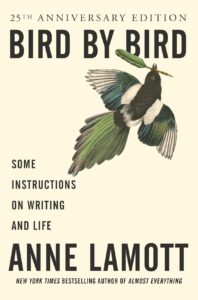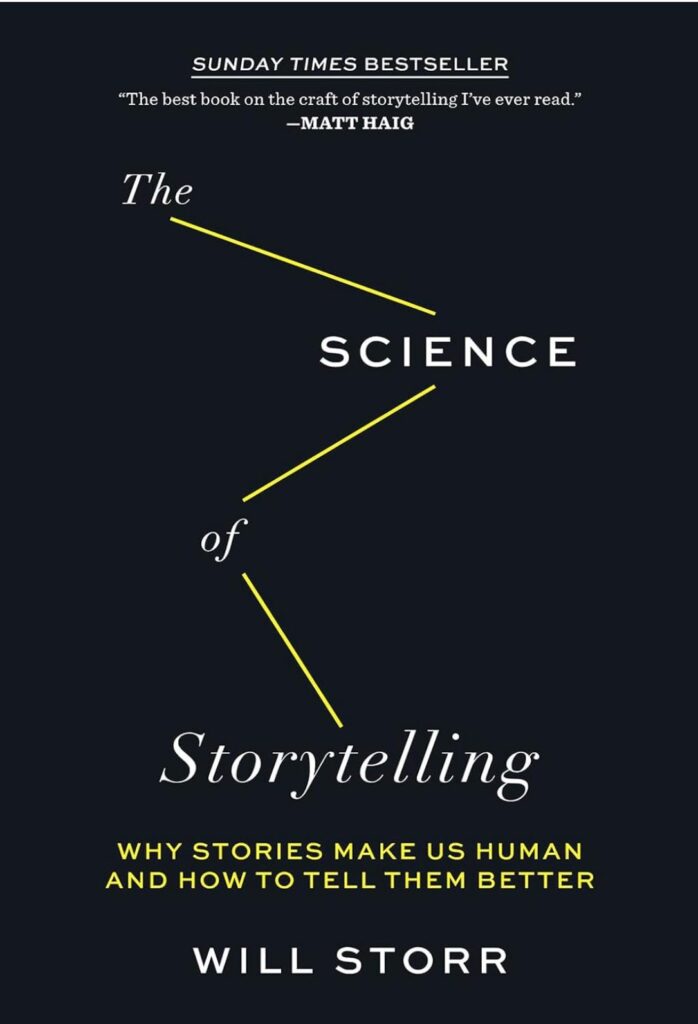As a Hucow author, one of the most exciting parts of writing a series is creating that palpable anticipation between books. You want your readers to finish one story and immediately crave the next, to the point where they’re checking your release schedule, eagerly awaiting updates.
But how do you build that anticipation? How do you keep your readers invested, while giving them enough satisfaction with each installment?
In this post, I’ll share some personal strategies for maintaining suspense between books in a Hucow series. Whether you’re writing about transformation, breeding, or power dynamics, there are techniques you can use to keep your audience hooked while delivering satisfying reads.
Let’s dive into how you can make readers come back for more, every time.
Table of Contents
ToggleCreate Teasers and Mini-Cliffhangers
One of the most effective ways to keep your readers eagerly anticipating the next book is to end with a teaser or mini-cliffhanger. Now, I’m not suggesting you leave every story on a jarring cliffhanger (although sometimes, that can work). But giving your readers just a taste of what’s to come can make them desperate for the next installment.
In a Hucow story, for example, you could have the heroine just beginning her transformation or reaching a pivotal moment in her journey when the book closes. Maybe she’s on the cusp of discovering something critical about her body, her role in the Hucow farm, or her feelings for the male lead. Let the reader know there’s more to come, but don’t give it all away.
Example: In a Hucow story I wrote, the heroine had just accepted her role on the farm, but the ending hinted at an upcoming conflict with another powerful character. That tension was enough to make readers wonder how she’d handle this new challenge, ensuring they came back for the next book.
Foreshadow the Next Plot
Another way to build anticipation is to subtly foreshadow the next book’s plot in the current one. This doesn’t mean you need to be heavy-handed or obvious. Sometimes, a subtle hint about an upcoming conflict, a mysterious character, or a brewing power struggle is all it takes to spark curiosity.
In Hucow stories, foreshadowing could involve mentioning a rival farm, hinting at a new male lead who will challenge the status quo, or teasing the introduction of alien or paranormal elements. Drop these hints throughout the book so that when the reader finishes, they’re left wondering how these details will unfold in future installments.
Example: In a recent story, I hinted at the arrival of an outsider who might disrupt the dynamics of the farm. It wasn’t clear who this person was or what their intentions would be, but the seeds of doubt were enough to keep readers guessing and waiting for the next book.
Develop Character Arcs Over Multiple Books
One of the joys of writing a series is the opportunity to develop character arcs over time. While standalone books have to tie up everything neatly by the end, a series allows you to build deeper, more complex character journeys that span multiple books. This is particularly effective in Hucow stories, where transformation and personal growth are often central themes.
Your readers will want to see how the heroine evolves from book to book. Is she becoming more comfortable with her new identity? Is she wrestling with feelings of power and submission? Does her relationship with the male lead deepen or face new challenges?
By leaving certain aspects of the character’s journey unresolved at the end of each book, you create a natural desire to follow her story through to its conclusion.
Show Growth and Change
Your characters should never feel stagnant, even if they’re part of a long-running series. Keep them evolving, learning, and growing, even if it’s in small ways. The more invested your readers are in the characters, the more eager they’ll be to see what happens next.
Example: In one of my Hucow series, the heroine started off as unsure of her place on the farm, but by the third book, she had embraced her role and was beginning to assert her power. This gradual transformation kept readers engaged, as they were curious to see how far her growth would go.
Use Subplots to Carry Through
Subplots are a fantastic tool for creating continuity between books while allowing each installment to feel complete. These subplots can involve secondary characters, broader conflicts within the Hucow world, or mysteries that unravel over time.
In Hucow stories, subplots could include rivalries between different farms, personal relationships among the supporting characters, or the ongoing development of a breeding program. The key is to resolve some of these subplots in each book while leaving others hanging, ensuring readers feel both satisfied and intrigued.
Example: One of my books introduced a rivalry between two male leads, but the subplot didn’t fully resolve by the end. Instead, it carried through the next two books, slowly building tension until it reached its climax in the final installment.
Keep Subplots Interesting but Manageable
While subplots are important, make sure they don’t overshadow the main story. They should add depth and intrigue, but not confuse or overwhelm the reader. Each book should still feel like it has a clear direction and purpose.
Release Bonus Content Between Books
One of the best ways to keep anticipation alive between releases is to provide bonus content. This could be in the form of short stories, exclusive scenes, character interviews, or even teasers of the upcoming book. The goal is to give readers something to tide them over while they wait for the next installment.
For example, you could release a bonus scene that delves deeper into the relationship between the heroine and the male lead, or a short story about a secondary character’s backstory. This not only keeps your readers engaged but also provides extra value for your most loyal fans.
Example: After one of my books ended on a suspenseful note, I released a bonus chapter that explored the male lead’s perspective on the events. It didn’t give away the next book’s plot, but it added depth to the story and kept readers engaged.
Build an Emotional Connection
At the end of the day, what keeps readers coming back is their emotional connection to the characters and the world you’ve created. If they care deeply about the heroine’s journey, her struggles, and her relationships, they’ll be eager to see what happens next.
In Hucow stories, this emotional connection can be heightened by focusing on the character’s transformation and the power dynamics at play. Whether she’s struggling with her new identity, forming a deep bond with the male lead, or navigating her place within the farm’s hierarchy, make sure the emotional stakes are high.
Leave Readers Wanting More
By the time a reader finishes one of your books, they should feel a mix of satisfaction and longing. They should feel satisfied with the story they just read, but also eager to dive back into the world you’ve created. This balance is key to building anticipation between books.
Example: In my own series, I often end with a moment of quiet reflection or a small, emotional beat that suggests there’s more to come. This subtle, emotional hook leaves readers both satisfied and curious, eager to see where the journey leads next.
Conclusion
Building anticipation between books in a Hucow series is all about balance. You want to give your readers enough resolution to feel satisfied but leave enough unanswered questions to keep them coming back for more. By using teasers, character development, subplots, and bonus content, you can keep the excitement alive between releases.
As a Hucow author, remember that the emotional connection your readers form with your characters is what will ultimately bring them back, time and time again. Keep that connection strong, and your readers will follow you through every twist and turn of your series.
References
Please refer to the below references for more information on this topic:
- Hucow Fantasies – Your resource for all things Hucow.
- Romance Author Resource – Guides for romance authors.
- Breeding Fiction Explained – Explore breeding tropes in fiction.
- Power Dynamics in Fiction – Writing about dominance and submission.
- Milking Stories Collection – A collection of Hucow-themed stories.
- Writing Steamy Fiction – Crafting compelling steamy scenes.
- Transformation Themes in Romance – Exploring transformation in romance fiction.
- Erotic Writing Tips – Practical tips for writing erotic fiction.







































